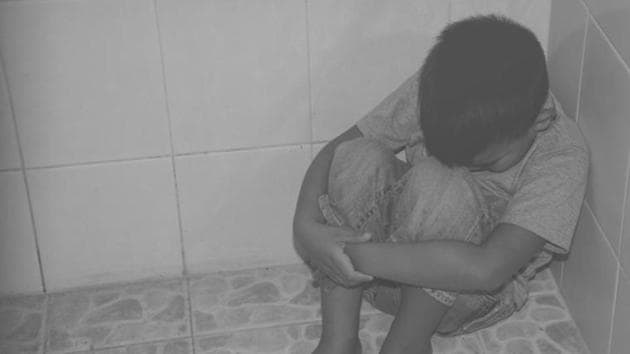Drug abuse: Why 80% kids in Delhi’s Seemapuri turn addicts, some as young as 7
International Day Against Drug Abuse: Peer pressure, family history, involvement in jobs like rag picking and segregation, easy accessibility found to be most common factors leading to addiction in this east Delhi locality; study ordered by Juvenile Justice Board.
A study on drug abuse among residents of northeast Delhi’s Seemapuri has revealed that at least 80% of the children surveyed in the slum are addicts.

The Society for the Promotion of Youth and Masses (SPYM) that conducted the study following an order by the Juvenile Justice Board found that children as young as seven started abusing drugs in this rural locality.
The study was ordered after six cases of juveniles addicted to drugs indulging in crime were registered in Seemapuri. It points out that most of the parents knew that their children were consuming drugs. But they were either helpless or unperturbed by the problem. The residents of the neighbourhood are mostly addicted to ganja (marijuana), smack (heroin), beer or tobacco.
The findings of the study underlined some of the common factors that often led to addiction — peer pressure, family history, involvement in jobs like rag picking and segregation and easy accessibility.
“A small corner of the city throw up such numbers. There is an immediate need for a study for the entire city to know the extent of drug use. In the national capital, children are easily accessing drug and abusing them,” said Shibendu Bhattacharjee, programme manager of SPYM.

June 26 is observed as International Day Against Drug Abuse and Illicit Trafficking.
Bhattacharjee, along with 120 field surveyors of Delhi Legal Service Authority (DLSA), formed nine teams and carried out mapping of Old and New Seemapuri areas, where they also indentified hotspots.
In total, there were 1,414 respondents interviewed from different age groups — between 7-40 years.
The NGO has submitted its study result to the juvenile justice board and the court is likely to issue a fresh order next week.
“Respondents believed that peer pressure was a major contributing factor that pushed them into using drugs. Other factors included curiosity, drug use by family members and easy accessibility. Majority of respondents believed that drug addiction could be treated (69%). As per our survey, around 80% of the children in both Old and New Seemapuri areas are addicts,” he added.
A quarter of respondents said they had used heroin (as well as a variety of other drugs with various rates of use). It is estimated that almost 25,000-30,000 people between the ages of 7 and 40 years are addicts.
“Local community members are aware of de-addiction programmes operated by government services. However, many people attending such centres believed that the de-addiction programmes did not cause any behaviour changes. Many believed detoxification and drug treatment was not successful or possible at all,” he further said.
The study also points out that many children who segregated garbage, used the money to buy drugs. The job of garbage segregation was the duty of their parents but in order to avoid working they drag their children into this business.
“The association between drug use and increased likelihood of engaging in crime was commonly fuelled by the environment that the children inhabit. Participation in criminal activities is most often for collecting funds required to finance drug dependency. The social and economic determinants of drug use remain complex and challenging but it will be important to develop a strategic plan of action to mitigate the ongoing harms and to improve the lives of all Seemapuri residents,” the study suggests.




